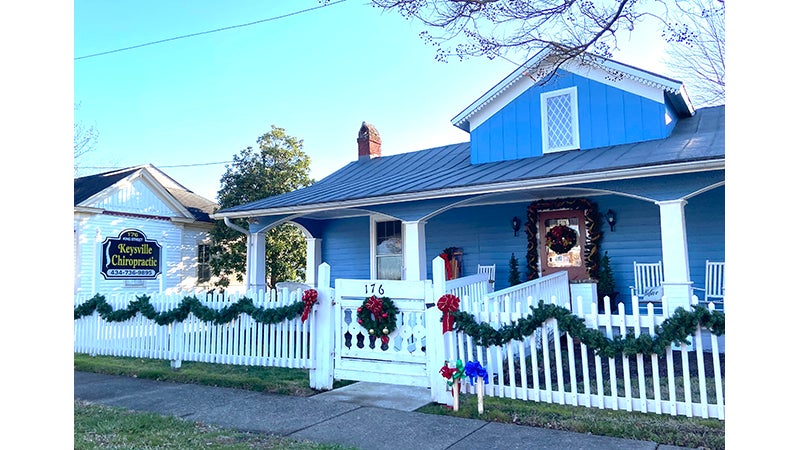The past is not forgotten
Published 10:40 am Saturday, September 10, 2022
|
Getting your Trinity Audio player ready...
|
The Central High Museum’s Cemetery Revitalization Committee has embarked on a preservation project that will unearth a forgotten past. It has spearheaded a project in collaboration with Gerald Davis, who has researched and preserved black cemeteries, that will shine a light on a forgotten treasure in Charlotte County-Byrdtown Cemetery.
On Friday, Aug. 5, George Smith, the committee’s chairman and museum board member, visited the Byrdtown Cemetery burial site. The site is located at 352 Mossingford Road in Randolph, currently owned by Marcus G. Blount. It is not far from the woodline behind the New Hope United Methodist Church Cemetery on 1601 Scuffletown Road in Randolph. Visiting with Smith were Shirley Edwards, Jonathan Foster and Leon Brogdon.
Thankfully, the weather cooperated and the group traversed deep in the forest woods. They walked more than 375 yards on a trail surrounded by a gully wash of leaves and fallen trees. As the group approached the burial site uphill, Blount explained that as a child in 1950, he saw a log cabin about 16 x 20 in the middle of the cemetery, which was believed to be a dirt floor church.
In 1981, Blount acquired the property where the slave cemetery rests and placed several flags to signify where the church building and graves are as well as providing maintenance for the grave site. Before his acquisition, they had been neglected for centuries. Most of the graves are sunken or caved in at least one to two feet below ground level, covered with small tree saplings.
THE CEMETERY’S LAYOUT
The cemetery includes rows of graves, laid out north to south with the heads facing west and the feet pointing east. They are shoulder to shoulder with each other. Each grave has one or two rocks placed at the head while some have no rocks on them. In addition, there are no tombstones or any type of markers to identify who was buried there.
A better time to get an accurate count of the number of graves and the total number of rows is in the fall and winter months. According to Blount, his friend Bruce Cumbie counted one hundred and five graves. Furthermore, Blount believes that the cemetery is over 100 years old.
Smith, on his visit to the Charlotte County Clerk’s office, hoped to obtain information documenting Byrdtown going back to 1905, yet, unfortunately, found no evidence that the community existed. Leon Brogdon had better luck. He learned while researching family history that Byrdtown was once a thriving and vibrant community, boasting numerous family dwellings.
The oral history reveals slave lfe and the lives of free people. Families like the Brogdons, Browns, Galloways, Carters and Prices, etc. lived in Byrdtown. Even though there is written documentation there is no mention of Byrdtown. Brogdon’s great grandmother Agnes “Moty” Brogdon, who was a midwife, is buried at Byrdtown.
After standing on the hollow ground where ancestry and history rests a sense of kinship in that holy and sacred place surrounded the group. Although in the past these graves had been neglected and forgotten with this project that will no longer be.





